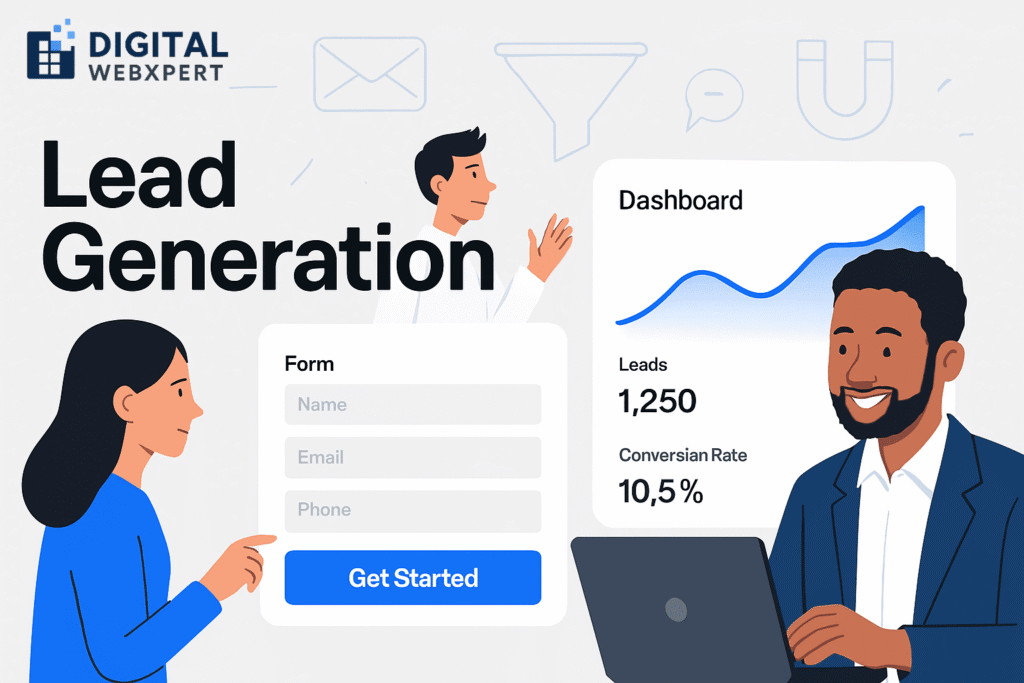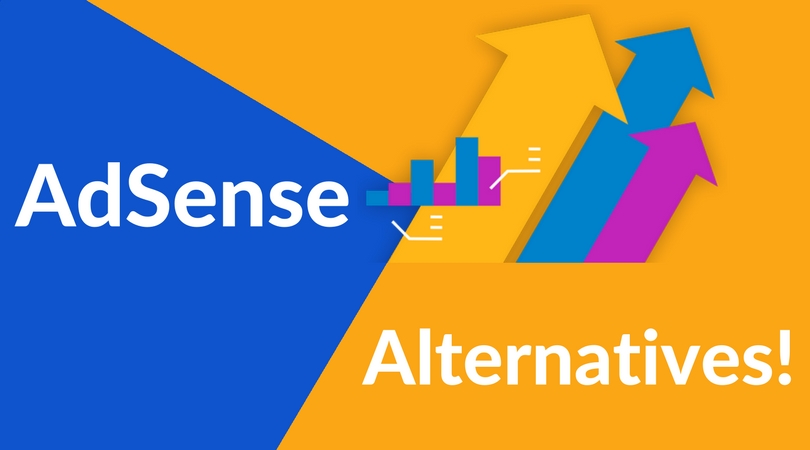In 2025, your website isn’t just a digital business card—it’s your most powerful sales tool. With users spending less than 15 seconds on a page on average, building a website that converts visitors into leads is more critical than ever.
This guide walks you through proven strategies to turn your website into a lead-generating machine. Whether you’re a small business owner, marketer, freelancer, or agency, these insights will help you improve conversion rates without needing a redesign from scratch.
1. Know Your Audience First
Before designing or writing anything, ask:
Who is my target audience?
What problem do they want solved?
What will make them trust me?
A high-converting website speaks directly to the user’s needs. Use their language, focus on pain points, and present your product or service as the best solution.
✅ Tip: Build buyer personas for your ideal users. Knowing who visits your site is the first step to building a website that converts visitors into leads.
2. Optimize Above-the-Fold Content
The section users see before they scroll is the most valuable real estate on your site. Make it count by including:
A strong, clear headline with a benefit
A brief value proposition
A high-contrast call-to-action (CTA)
Your CTA should offer something valuable like a free consultation, eBook, or demo—whatever aligns with your business.
3. Use Clear & Compelling CTAs
CTAs should be actionable, easy to find, and strategically placed. Don’t settle for generic phrases like “Submit” or “Click here.” Use:
Get My Free Quote
Book My Consultation
Claim My Discount
Download Free Checklist
Repeat your CTA in key areas: top, mid-page, and footer. A website that converts visitors into leads uses CTA repetition wisely—not annoyingly.
4. Design for Simplicity and Speed
In 2025, users expect your site to load in under 3 seconds. Even a 1-second delay can reduce conversions by 7%.
Tools like Google PageSpeed Insights and GTmetrix can help you diagnose speed issues.
Also, ensure your layout is:
Mobile-responsive
Easy to navigate
Visually clean
Built with performance in mind
A messy or slow design kills conversions—fast.
5. Leverage Trust Signals
Why should a visitor trust you in 10 seconds or less? Show them.
Use testimonials, case studies, and client logos
Add SSL security badges, payment icons, and review ratings
Include social proof (e.g., “Trusted by 2,000+ businesses”)
The more trust you build, the more your website will convert visitors into leads automatically.
6. Use High-Converting Landing Pages
A landing page is focused—not a homepage. Each landing page should target one offer with minimal distraction.
Best practices include:
No menu bar (limit exits)
One main CTA
Benefit-driven bullet points
Supporting visuals and testimonials
🔑 Bonus Tip: Test different versions (A/B testing) to optimize for higher conversions.
7. Create SEO-Friendly, Value-Driven Content
High-quality blogs, guides, and videos attract organic traffic. But more importantly, they position you as a trustworthy expert. This makes visitors more likely to convert.
Use your blog to:
Answer user questions
Solve their problems
Offer lead magnets like checklists, PDFs, or free tools
Focus on keywords like:
“How to create a lead-generating website”
“Website that converts visitors into leads”
“Best website design for conversions”
8. Live Chat, Chatbots & Forms
Give users a way to engage right away.
A simple form, chatbot, or live chat popup can help:
Capture visitor info
Answer questions in real-time
Guide the user to your CTA
This interaction increases the chance of conversion by 30–40%.
9. Use Analytics to Track Conversions
If you’re not measuring, you’re not improving.
Use tools like:
Track:
Page views
Button clicks
Scroll depth
Conversion rates on key CTAs
This helps you tweak and optimize your site for even better results.
10. Retarget Visitors Who Didn’t Convert
Not everyone will convert on their first visit—and that’s okay.
Use retargeting ads (Meta, Google, LinkedIn) to bring them back. Offer value again and make your messaging tighter. Retargeting boosts lead conversions by up to 70%.
Conclusion
Building a website that converts visitors into leads is not about being flashy—it’s about being effective. With smart design, sharp messaging, trust signals, and clear CTAs, you’ll turn more traffic into real business opportunities.
In 2025, a website that simply “looks nice” isn’t enough. What matters is what it does—and with the right strategy, it will work hard for your business around the clock.
🔥 Need a Website That Actually Converts?
At Digital WebXpert, we help businesses like yours build smart websites that generate real leads and revenue. Get a free consultation today →



